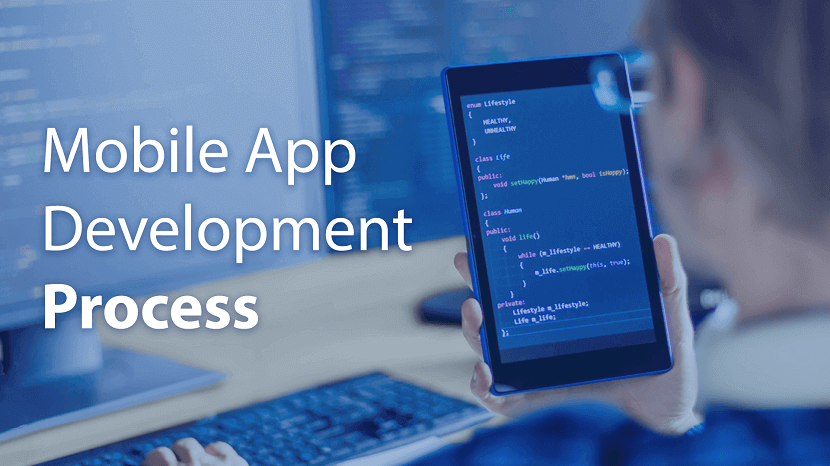
As now you have an idea about the languages and frameworks used in mobile app development, it's time we move forward with the mobile app development process. If anyone ever says they can build a mobile application for you by the end of the day; the only thing you will get the next day is yourself repeating the same story, and end up saying "this is how I got scammed by an app developer". The mobile app development process is not as easy as it sounds. The mobile app development process includes every affecting factor starting from finalising the mobile app idea, after-sale support to everything in between. Let's explore every stage of the mobile app development process thoroughly.
1. Requirement Gathering
Every new innovation starts with a thought and mobile apps are no exception. Regardless of whether yours is simply to have a mobile application presence. Before jumping directly to the requirement gathering make sure you have a clear understanding of your app development requirements and you also have a strong reason to develop a mobile application. The requirement-gathering process should consider the demographics, inspirations, behaviour patterns and goals of your end-users and various other things but it should not be limited to this only. You can start with client requirement gathering, learning about their lifecycle and figuring out how your mobile application fulfils their requirements.
Figuring out these aspects from the very beginning will set you on a firm balance, and your clearness will give you and your financial backers, truly necessary certainty. This stage is fundamental in light of the fact that, during this stage, you set out the important foundation for what is to follow straightaway. Do your piece of significant exploration and conceptualising prior to continuing on toward the following stage. Furthermore, one more significant piece of this stage is competitor analysis. A detailed analysis of the competitor analysis will help you figure out the features and functionalities your competitor is missing and what should be your exclusive features.
2. Wireframing
The following stage is to document and wireframe the application, to grasp future functionalities. Even though things are undoubtedly looking up for you right now, really drawing detailed sketches of the visualised product assists you with figuring out the pinpoint of the app idea. Sketching does significantly more than only following your means. It may very well be a strong communication and collaboration tool. At the point when you are finished portraying, wireframing will assist with refining the thoughts and directing all segments of the design in the correct manner. Now, you can focus on a reasonable comprehension of how your proposed highlights and thoughts will look in the actual functional mobile application. You ought to likewise make a guide or a storyboard, to show the connection between each screen and how the clients will explore throughout the application. Search for chances to consolidate your image, and focus on the user experience.
3. Technical Feasibility Assessment
You could have a reasonable understanding of the visuals at this point, yet you likewise need to consider the chance that the back-end frameworks will actually want to help the functionalities of the mobile applications. To know whether the possibility of your application is achievable in fact you want to gain admittance to public data by obtaining public APIs. An application, contingent upon its configuration (cell phone, tablet, wearables, and so forth) as well as a different operating system (iOS, Android, and so on), will have various prerequisites. This process will help you figure out the usefulness of the mobile apps, features to target and eliminate and actual working of the mobile application.
4. Mobile App Prototype
The app prototyping will help you understand the actual working of the mobile application and figure out the workflows and processes of the mobile app. You can build a model that gets the application idea into a client's hands as fast as conceivable to perceive how it functions for the most well-known use case. You can use rough wireframe work for better understanding. This will assist you with checking whether you are in the right direction or not.
5. Mobile App Design
The design process incorporates two primary factors; User Experience(UX) and User Interface (UI). While UX solely focuses on the interaction between design elements, UI focuses on the look and feel of the mobile application. This is a multistep cycle with its various review phases. What you get are plans and visual guides, advising your UX designers regarding the imagined final app design and about how interaction should move, feel and stream. And keep in mind you should create multiple visuals of the screens with different positioning of the buttons, layout navigation, and other visual elements and so on. It will help you get a better and unique mobile app design. Application planning will end up being a multi-step process, and your outcomes ought to be clear visual direction giving a reflection of the end result.
6. Mobile App Development
If you have your final mobile app design ready, the time has come to give a legitimate arrangement to your dream mobile app idea. This interaction covers the coding part and the genuine acknowledgement of your mobile application. The mobile application development stages integrate various functionalities like laying out the proper development cycle, developing various components of the code, primer testing, and making the mobile application that users can install and use at their convenience. A single development project would demand coding, structure development and configuration of the mobile app development ecosystem. Most of the mobile applications out there consist of three segments of the development process which include; Back end development, API integration and Front end development.
7. Mobile App Testing
As the mobile app development progresses, the application goes through a bunch of mobile app testing stages. In the starting stage, the primary usefulness albeit present is not tried, the mobile app will be full of bugs, and non-core mobile app functionalities do not exist as of now. In the subsequent stage, a large part of the mobile app functionalities proposed is consolidated. The application has undeniably gone through light testing and bug fixing, however, a few issues might in any case be available. As of the last stage, the application is delivered to a specific group of people for serious testing. Once your mobile application passes this stage, you can move forward with the beta testing. The group of beta testers will submit the analysis, use and review of your mobile application about the bugs and various other improvements of the mobile application. After the bugs in the subsequent stage are fixed, the application will move to the final stage of the app development process; deployment where it's prepared to be available for market use.
8. Mobile App Deployment
It's time for your mobile application to be out there for your target user audience to use it. You can choose your day when the mobile application is ready to be launched. But keep in mind that different app stores have different sets of rules to follow. You can follow these steps and launch your mobile application. But it does not conclude this as an end. It's a start. Once the users will start using your mobile app, they will leave reviews about the things they like about your mobile app or things they want you to update. Keep track of these small things and take action accordingly.
Even after the deployment of the mobile application, your mobile app will demand regular mobile app maintenance from your end. Ignorance of mobile app maintenance can affect your mobile app, brand image and everything else; just to say your entire business.
If you found this article helpful, we encourage you to share it on your social media platforms—because sharing is caring! For more information about article submissions on our website, feel free to reach out to us via email.
Send an emailWritten by RGB Web Tech
Latest Technology Trends
Latest technology trends shaping the future, including AI advancements, blockchain innovation, 5G connectivity, IoT integration, and sustainable tech solutions. Explore breakthroughs in quantum computing, cybersecurity, augmented reality, and edge computing. Stay ahead with insights into transformative technologies driving innovation across industries and revolutionizing how we live, work, and connect.
Related Articles - App Development
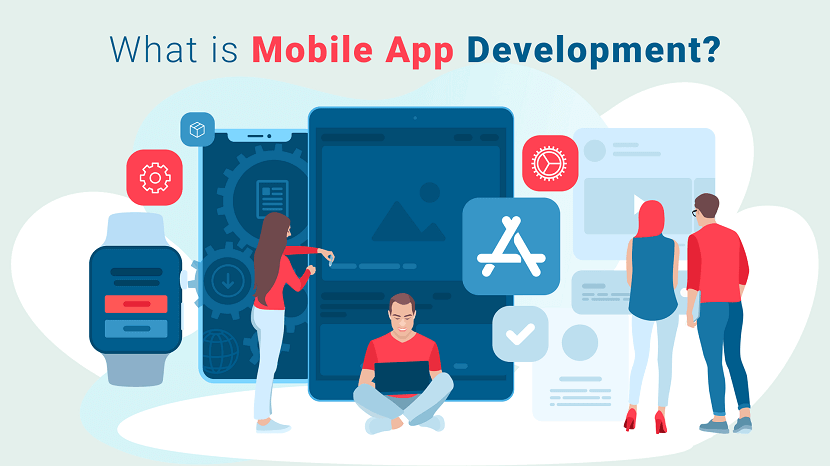
Mobile App Development
Mobile app development creates apps for smartphones. Learn what you need to know for a smart investment in the mobile app business.
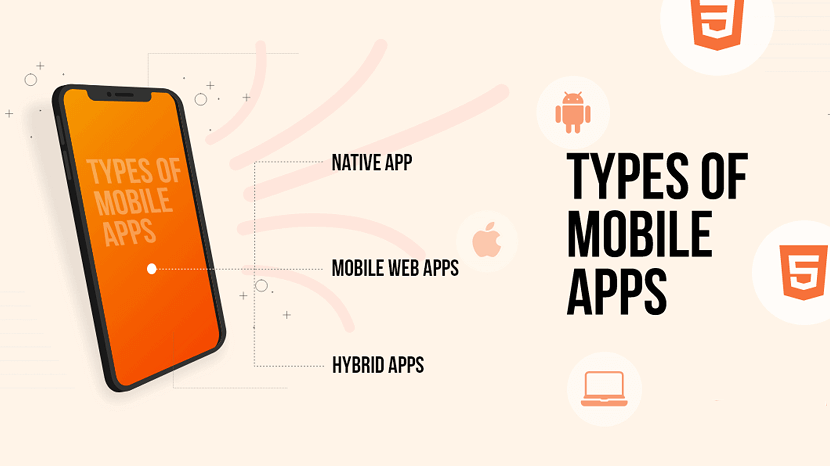
Different Types of Mobile Apps
How do you choose which type of mobile app you should develop for your company or business? Should you go with native, web, or hybrid?
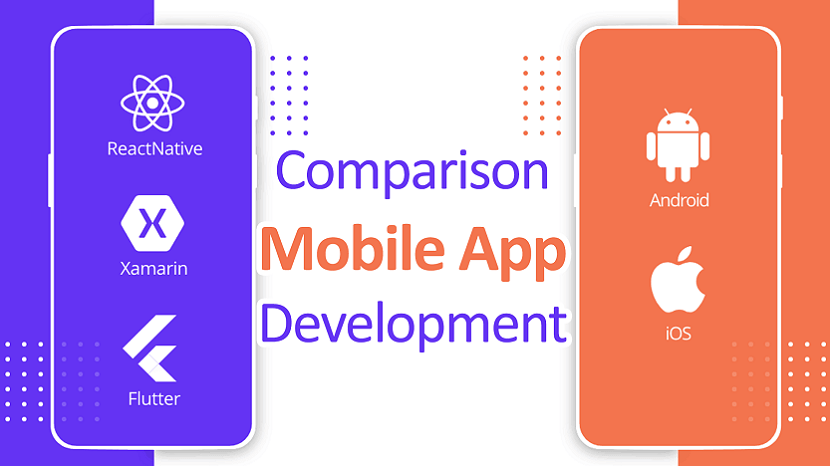
Comparison of App Development
Get a detailed comparison of mobile app development and find out which ones are right for you to get started on building with your budget.
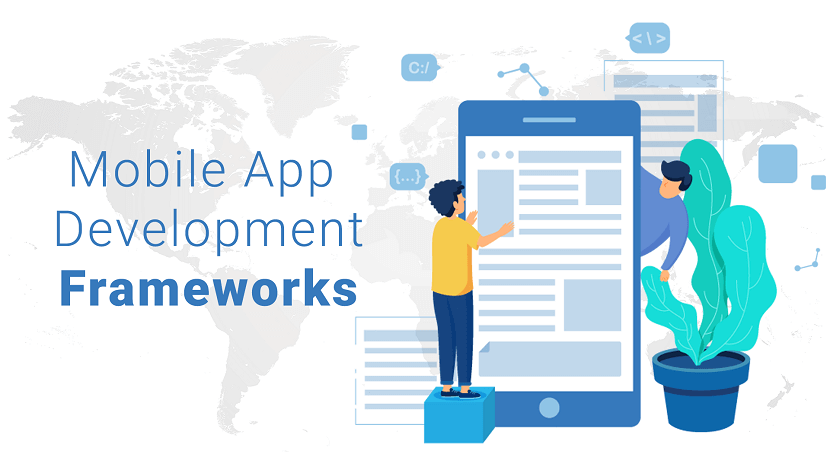
Mobile App Development Frameworks
Find out here the top mobile app development frameworks to be considered. You can also see here each frameworks features and other necessary details.
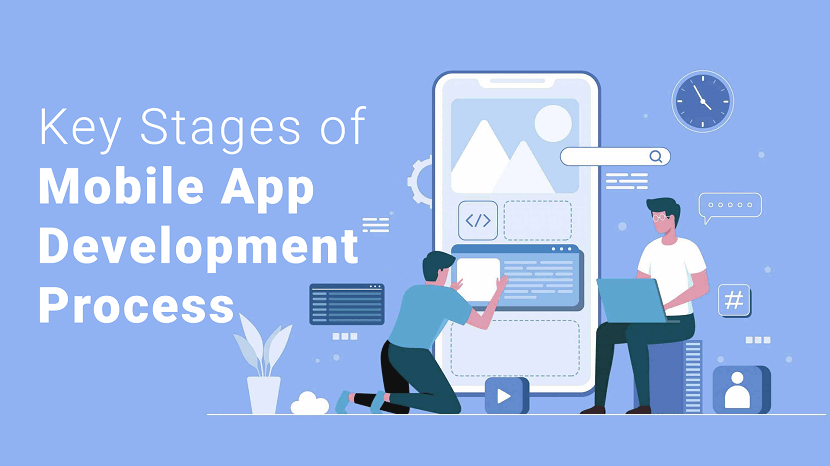
Key Stages of App Development Process
To build a successful app, a business needs to go through different stages. There are key stages in the mobile app development process.
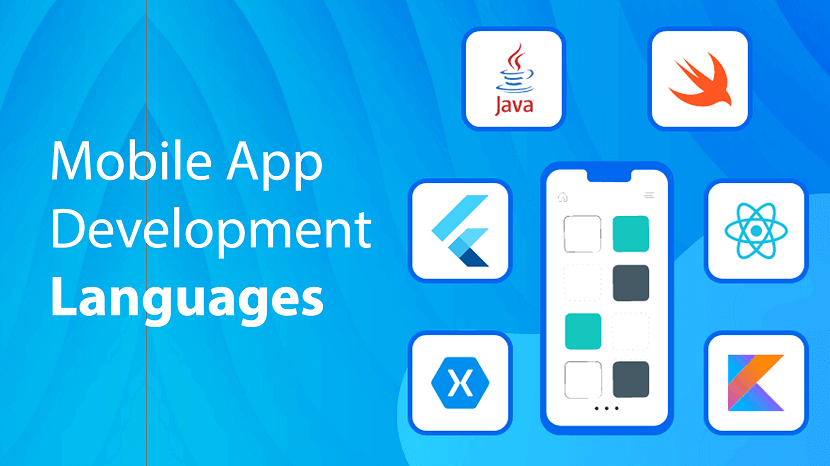
Mobile App Development Languages
Many application languages are available nowadays. The strategy you choose may rely on a number of factors. So let's have a look at the most popular ...
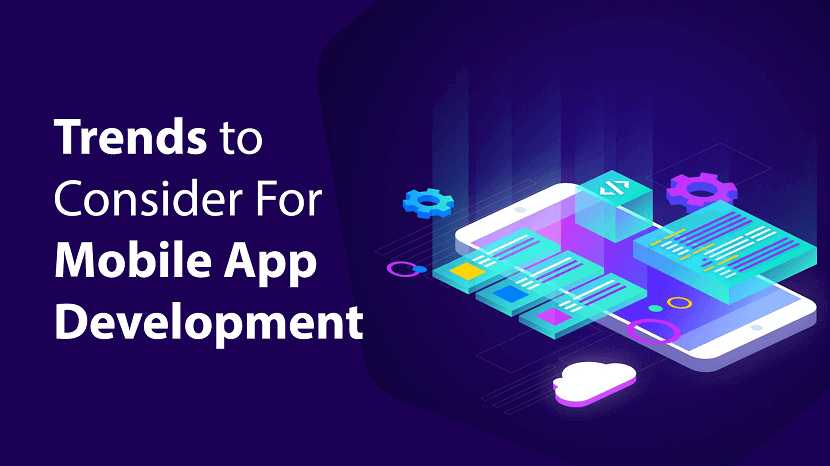
Mobile App Development Trends
These Mobile App Development trends will help you stay ahead of the curve when developing apps for iOS or Android devices.
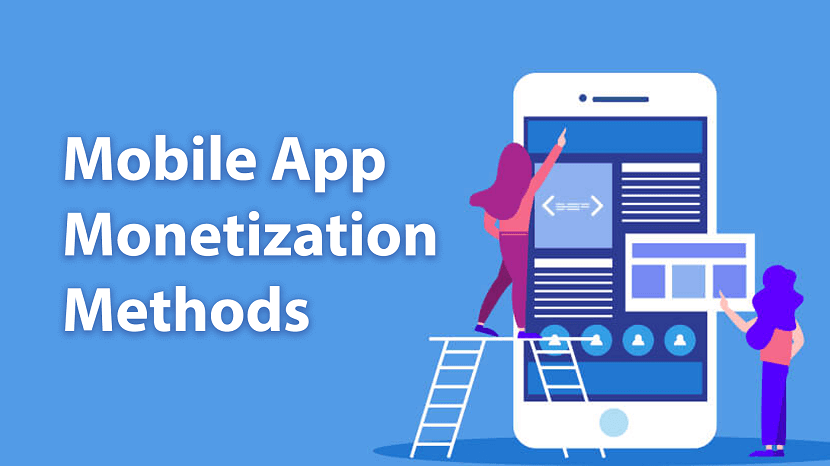
Mobile App Monetization Methods
If you use the proper monetization method in your mobile application, you will be able to turn your mobile application into your primary source of income.
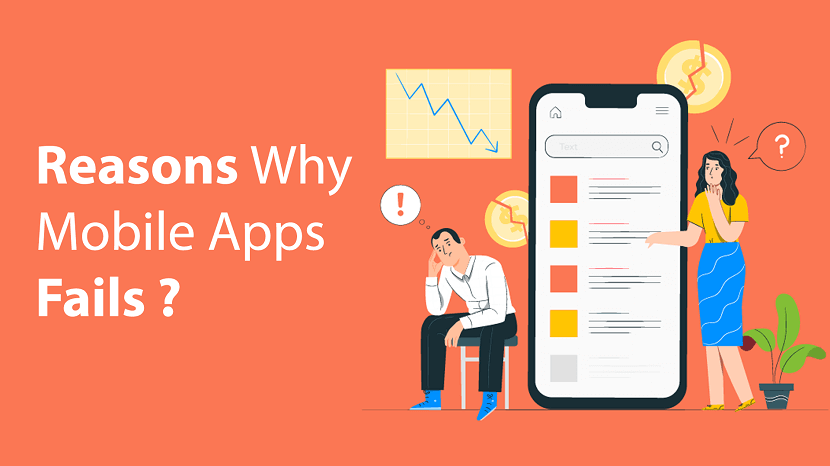
Reasons Why Mobile Apps Fails
For every success story of a mobile app trending across the globe, there are hundreds of apps that fail. Read on to learn why this happens.
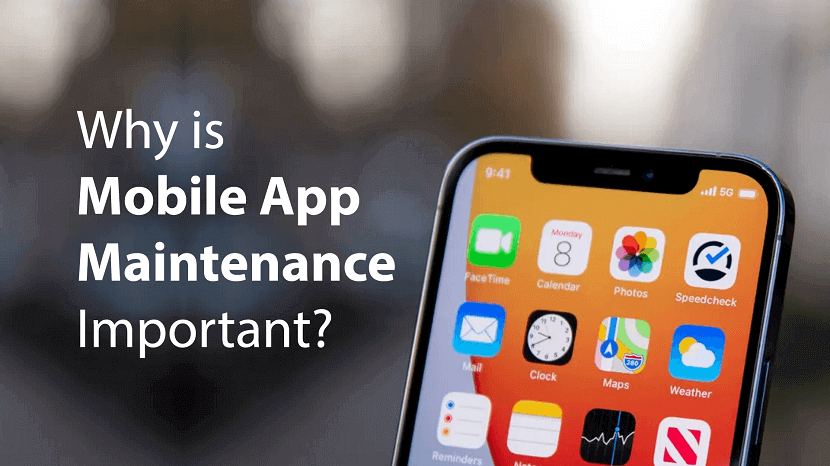
Mobile App Maintenance Important
An elegant mobile app is just half the journey. Learn why proper mobile app maintenance is crucial for long-term success in this insightful article.

Mobile App Development Process
The mobile app development process can be overwhelming. Understand its key steps and be prepared for what lies ahead in your app-building journey.
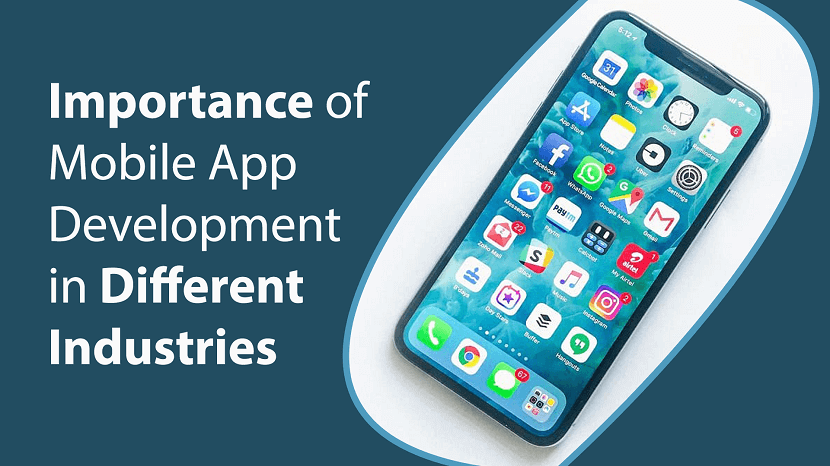
Mobile App Development Importance
If you are an entrepreneur or owner of an SME, you must not neglect the importance of mobile apps for your business growth and development.
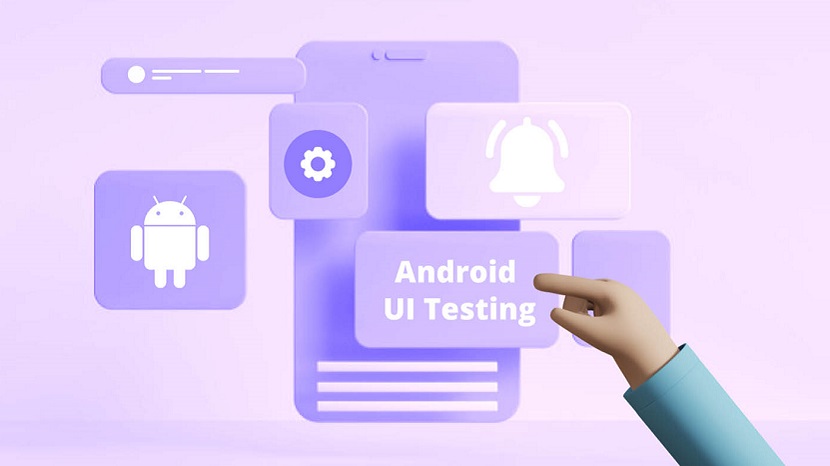
Android UI Testing
Master Android UI Testing: Validate interfaces flawlessly with expert guidance. Enhance app quality and user experience effectively.

Reasons to Invest in React App Development
Unlock limitless potential with React app development: Discover 10 compelling reasons why it's the ultimate investment in modern software solutions.
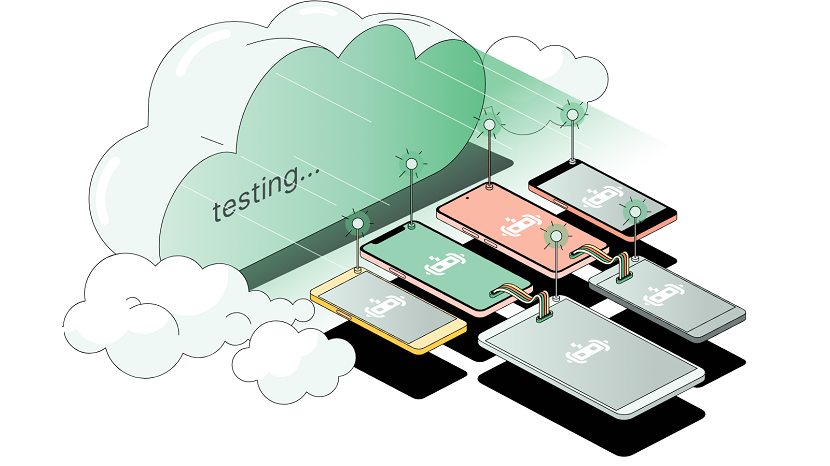
Why are cloud device farms necessary for mobile application testing
Discover why cloud device farms are essential for mobile app testing, ensuring compatibility and performance across diverse devices.

Tackling App Development Issues with a Practical Troubleshooting Guide
Discover effective solutions for app development challenges with our comprehensive troubleshooting guide, designed for practical and swift problem-solving.
